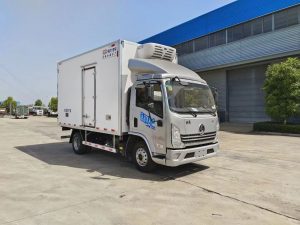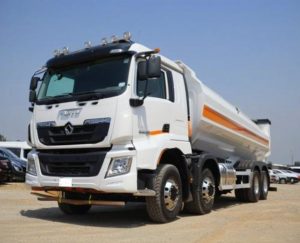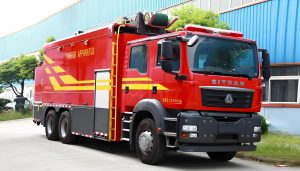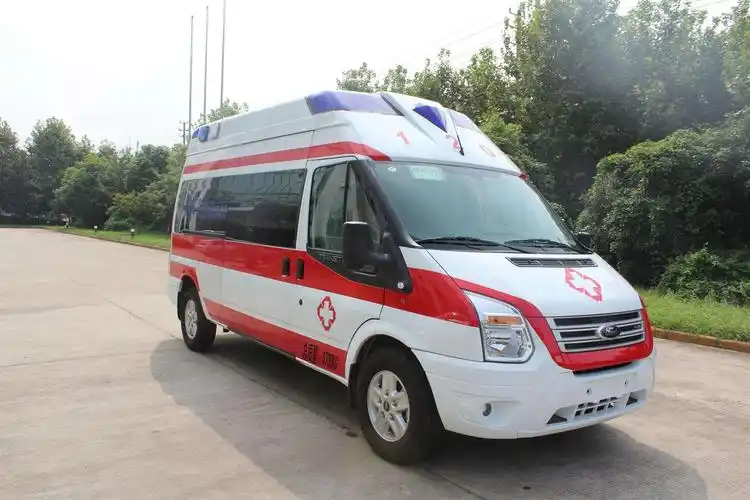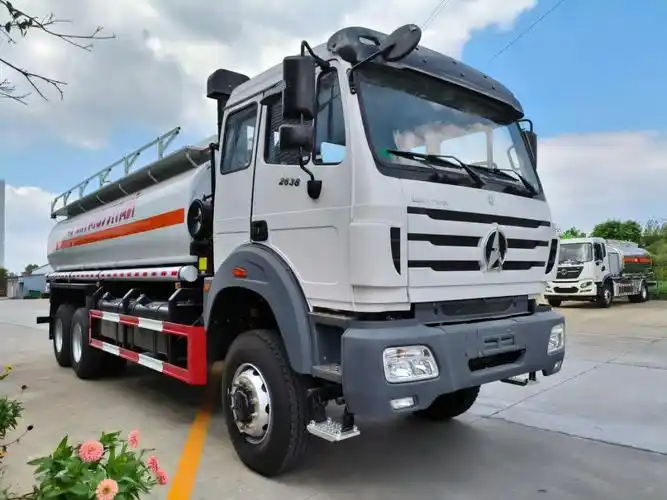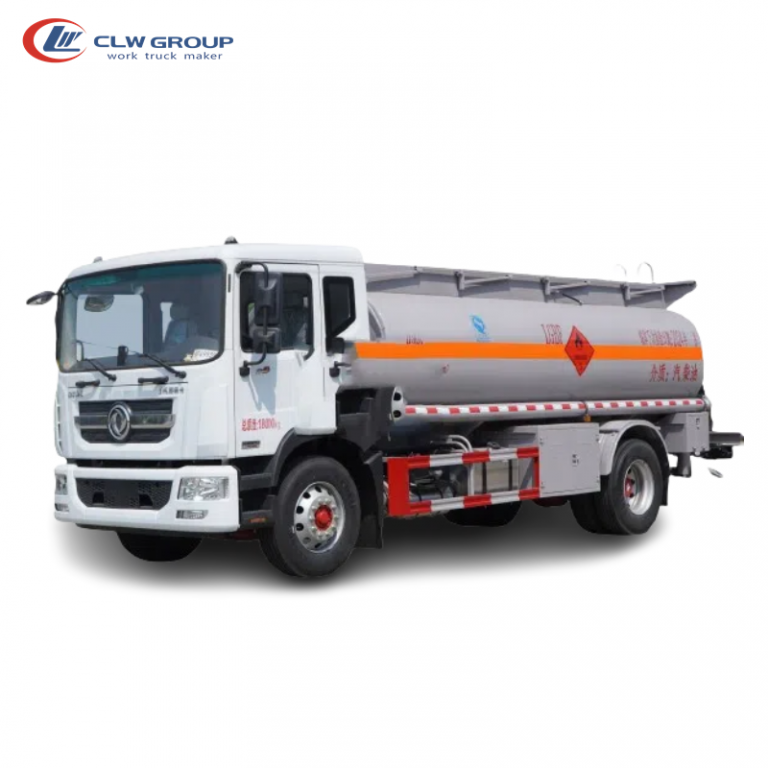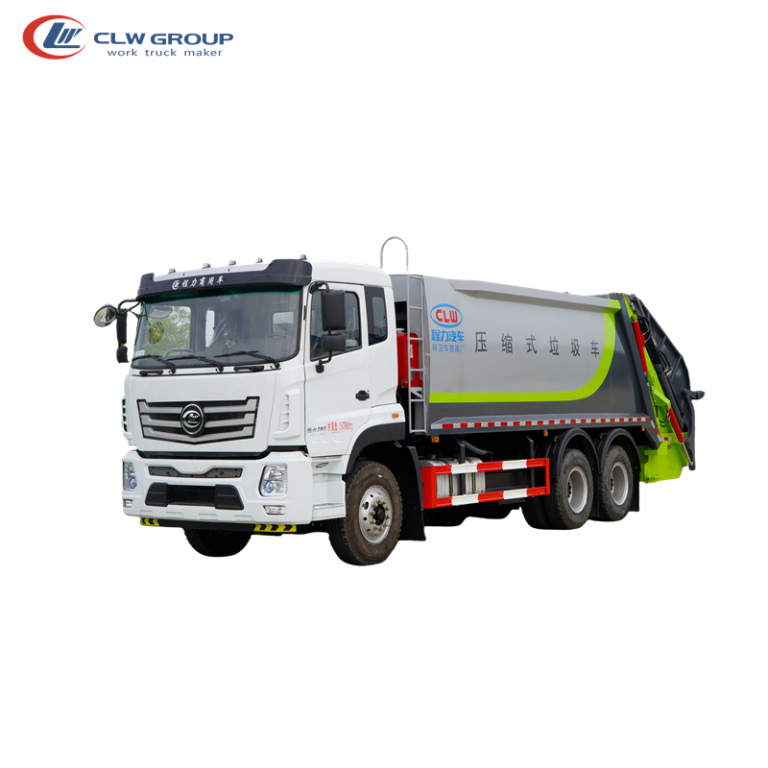Table of Contents
ToggleIntroduction
Have you ever stopped to think about the silent heroes behind every emergency rescue operation? While the bravery and skill of emergency personnel are often highlighted, the machinery they rely on plays an equally vital role. One such hero, often overlooked but critically important, is the rescue truck. These formidable vehicles are like Swiss Army knives on wheels, equipped to handle a myriad of emergency situations and assist in saving lives and properties.
Imagine the chaos of an emergency scene—a multi-car pileup on a highway, a building collapse in an urban area, or a devastating natural disaster. Amidst the sirens and frantic movements, rescue trucks stand as pillars of order and efficiency, ready to provide aid wherever it’s needed. They’re not just vehicles; they’re lifelines that carry essential tools and equipment to the heart of the action.
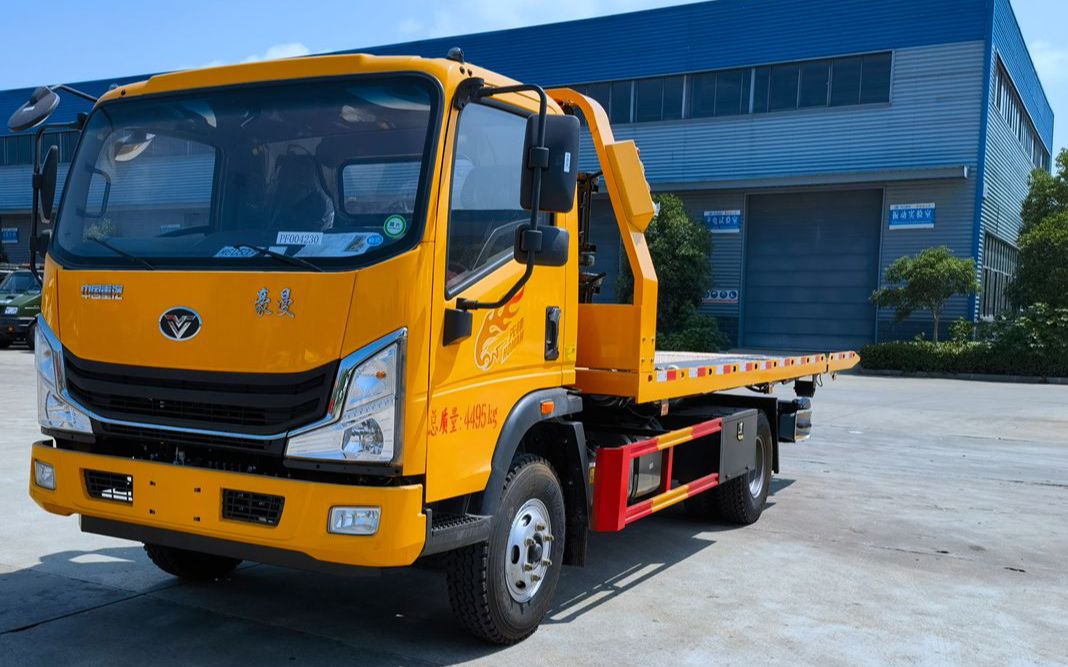
What is a Rescue Truck?
To truly appreciate rescue trucks, we need to understand their essence. At its core, a rescue truck is a specially designed vehicle that serves as a mobile command center in emergency situations. These trucks are engineered to tackle diverse challenges, from road accidents to natural calamities, by providing immediate and versatile support.
Rescue trucks are more than just transport vehicles; they are equipped with an array of tools and technology that allow emergency responders to perform their duties efficiently. From hydraulic cutters to advanced medical kits, these trucks are stocked with everything needed to manage crises effectively.
The History of Rescue Trucks
The evolution of rescue trucks is a fascinating journey that mirrors advancements in technology and society’s growing needs for sophisticated emergency response mechanisms. The early 20th century saw the birth of rescue vehicles as basic adaptations of fire trucks. These early models were rudimentary but marked the beginning of a new era in emergency services.
As time progressed, so did the complexity and capabilities of rescue trucks. The post-World War II era, with its technological boom, saw significant innovations in vehicle design and equipment. Rescue trucks began incorporating hydraulic systems, making them more effective in handling extrication scenarios, such as car accidents.
In the latter half of the 20th century and into the 21st century, rescue trucks have undergone a technological revolution. With advancements in materials, engineering, and technology, today’s rescue trucks are highly specialized machines capable of performing a wide range of tasks with precision and efficiency.
Types of Rescue Trucks
Not all rescue trucks are created equal. Depending on the nature of emergencies they are designed to address, these vehicles come in various types, each tailored to specific needs:
Light Rescue Trucks
Light rescue trucks are like the sprinters in the rescue world. Built for speed and agility, these vehicles are perfect for urban environments where space is limited but rapid response is crucial. They typically carry essential tools for quick interventions, such as basic medical supplies, small hydraulic tools, and fire extinguishers.
Despite their smaller size, light rescue trucks pack a punch. They’re often the first to arrive on the scene, assessing situations quickly and providing immediate assistance until more comprehensive support arrives.
Heavy Rescue Trucks
On the other end of the spectrum are heavy rescue trucks—the workhorses built for more demanding tasks. These vehicles are equipped with an extensive array of equipment designed for complex operations like building collapses or high-risk vehicle extractions. Picture them as mobile workshops that can tackle almost any challenge thrown their way.
Heavy rescue trucks come with robust lifting gear, cutting tools, and often feature advanced technology for monitoring hazardous materials. They’re essential in scenarios where precision and heavy-duty capabilities are required.
Essential Features of Rescue Trucks
The efficacy of rescue trucks lies in their features—each meticulously chosen to enhance their performance in emergencies:
Advanced Communication Systems
In any emergency situation, communication is key. Imagine trying to coordinate a complex rescue operation without being able to talk to your team—it would be chaotic at best. That’s why rescue trucks are equipped with cutting-edge communication systems that ensure seamless interaction among different units and command centers.
These systems include radio communication devices, satellite phones, and sometimes even internet connectivity to provide real-time updates and facilitate decision-making processes during operations.
Hydraulic Equipment
Hydraulic tools are like the muscles of rescue operations. Whether it’s cutting through metal during vehicle extrication or lifting debris in search-and-rescue missions, hydraulic equipment is indispensable. These tools provide rescuers with the power they need to overcome physical barriers quickly and safely.
Medical Supplies
In many cases, rescue trucks serve as makeshift emergency rooms. Equipped with essential medical supplies such as defibrillators, oxygen tanks, and trauma kits, they enable first responders to deliver immediate care on-site. This capability can make a critical difference in stabilizing patients before they reach hospitals.
The Role of Rescue Trucks in Emergency Situations
Imagine a scenario where time is ticking away—a natural disaster has struck, leaving people stranded and injured. In such situations, rescue trucks become lifelines, navigating through debris-laden roads or floodwaters to reach those in need.
Rescue trucks play a pivotal role by providing immediate support and coordination at emergency scenes. They often act as mobile command centers where strategies are devised and resources allocated efficiently. The presence of these vehicles ensures that help arrives promptly and operations run smoothly.
Technological Innovations in Rescue Trucks
As technology advances, rescue trucks are evolving into high-tech marvels equipped with the latest innovations to improve efficiency and safety during operations. Let’s explore some of the cutting-edge technologies being integrated into these essential vehicles:
Autonomous Rescue Vehicles
Imagine a future where rescue trucks operate autonomously, reaching disaster sites without human drivers. Autonomous rescue vehicles are becoming a reality as engineers and technologists work tirelessly to integrate self-driving capabilities into these machines. This innovation is particularly valuable in hazardous situations where human operators would be at significant risk.
These autonomous systems use a combination of sensors, cameras, and AI algorithms to navigate complex terrains, making them highly effective in environments that are difficult for humans to access safely. While fully autonomous rescue trucks are still in development, their potential to save lives and enhance operational efficiency is immense.
Drones and AI Integration
Picture drones buzzing overhead at a disaster site, providing aerial views and real-time data to rescue teams. The integration of drones and AI into rescue operations is revolutionizing how emergencies are managed. Drones equipped with cameras and sensors can quickly assess situations from above, feeding crucial information back to operators on the ground.
AI systems analyze this data to create detailed maps of disaster zones, identify potential hazards, and even predict the safest routes for rescue trucks to take. This synergy between drones and AI allows for more informed decision-making, reducing response times and increasing the likelihood of successful outcomes.
Training for Rescue Truck Operators
Operating a rescue truck requires more than just a standard driver’s license. It demands specialized training that prepares operators for the complexities of emergency scenarios. Here’s what goes into training these skilled professionals:
Technical Training
Rescue truck operators undergo rigorous technical training to familiarize themselves with the vehicle’s equipment and systems. This includes learning how to operate hydraulic tools, communication devices, and medical equipment effectively. Operators must also understand vehicle maintenance to ensure their truck is always in peak condition.
Scenario-Based Drills
Practical experience is crucial in preparing operators for real-life situations. Scenario-based drills simulate various emergency scenarios, allowing operators to practice their skills in a controlled environment. These drills help build confidence and ensure that operators can respond swiftly and effectively when faced with actual emergencies.
Continuous Education
The field of emergency response is ever-evolving, with new technologies and methods constantly emerging. To stay at the forefront of their profession, rescue truck operators engage in continuous education programs. These programs keep them updated on the latest advancements and best practices, ensuring they remain well-equipped to handle any challenge.
Challenges Facing Rescue Truck Operations
Despite their capabilities, rescue trucks face several challenges that can impact their effectiveness during emergencies. Understanding these challenges is crucial for developing solutions that enhance their performance:
Budget Constraints
One of the most significant challenges is funding. Emergency services often operate under tight budgets, limiting their ability to invest in new technologies or maintain existing equipment. This constraint can hinder the deployment of advanced rescue trucks, leaving teams reliant on older, less efficient models.
Maintenance and Upkeep
Rescue trucks endure harsh conditions and frequent use, necessitating regular maintenance to ensure they remain operational. However, maintenance can be costly and time-consuming, posing a challenge for departments with limited resources. Ensuring that trucks are always ready for action requires careful planning and resource allocation.
Adapting to Evolving Threats
As threats from natural disasters, climate change, and urbanization increase, rescue trucks must adapt to new challenges. This includes dealing with more severe weather conditions or navigating increasingly complex urban landscapes. Keeping pace with these evolving threats requires continuous innovation and strategic planning.
The Future of Rescue Trucks
Looking ahead, the future of rescue trucks is bright with potential. Continued advancements in technology and engineering promise to make these vehicles even more effective and versatile:
Eco-Friendly Designs
As environmental concerns become more prominent, there’s a growing push for eco-friendly rescue trucks. Future designs may incorporate hybrid or electric engines, reducing their carbon footprint while maintaining performance standards. These environmentally conscious innovations align with broader sustainability goals while ensuring readiness for any emergency.
Enhanced Connectivity
The Internet of Things (IoT) is set to play a significant role in the future of rescue trucks. Enhanced connectivity will enable seamless communication between vehicles, command centers, and emergency personnel. This interconnectedness will facilitate more efficient coordination during operations, leading to faster response times and better outcomes.
Modular Configurations
Imagine rescue trucks that can be quickly reconfigured to suit different emergencies—a modular design approach could make this possible. By allowing components and equipment to be easily swapped out or added as needed, these trucks can be tailored for specific tasks, enhancing their versatility and effectiveness.
Conclusion
Rescue trucks may not always receive the spotlight they deserve, but their role in emergency response is undeniably crucial. As they continue to evolve alongside technological advancements and adapt to new challenges, these remarkable machines will remain at the forefront of saving lives and protecting communities worldwide.
The next time you see a rescue truck speeding down the road with lights flashing and sirens wailing, take a moment to appreciate the incredible blend of engineering and dedication that enables it to perform its life-saving work every day.

